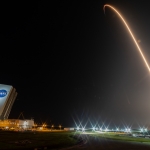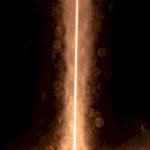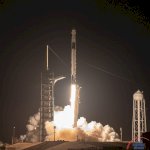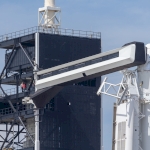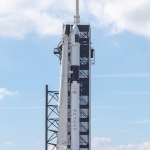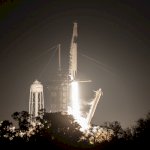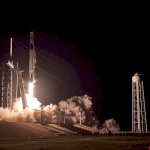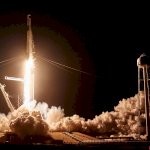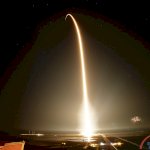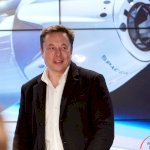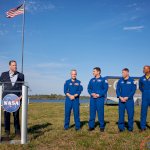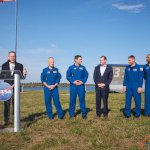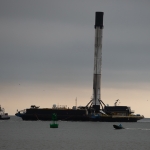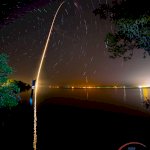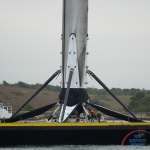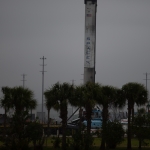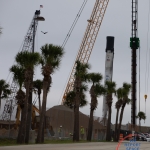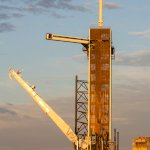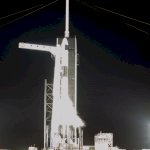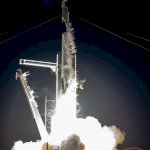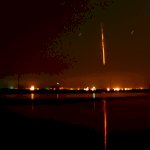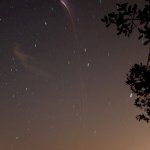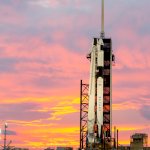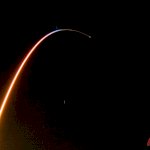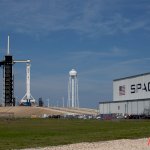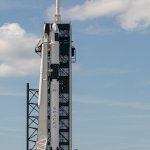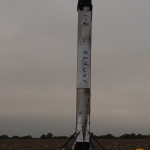SpaceX speeds Crew Dragon on its maiden voyage to the ISS
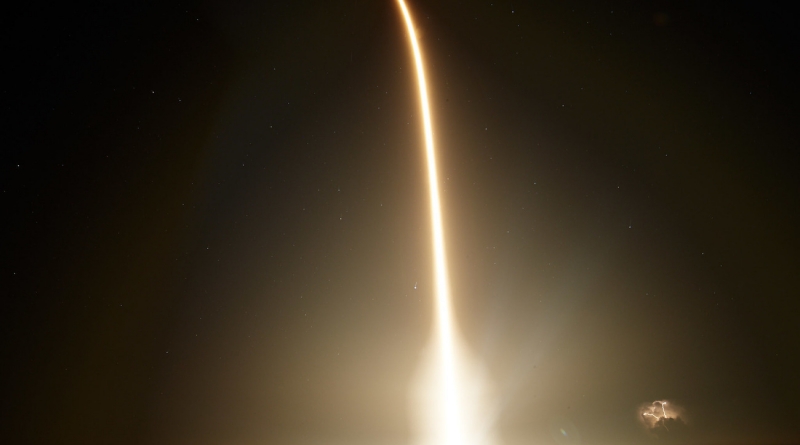
Space Exploration Technologies Corporation hit a major milestone in their Commercial Crew partnership with NASA in the early morning hours of March 2, 2019. Thundering off the launchpad at LC-39A, Kennedy Space Center, a brand new Falcon 9 rocket lifted a brand new Dragon capsule designed to carry human beings to the International Space Station. Alternately called "Dragon 2" and "Crew Dragon" by SpaceX CEO and Lead Designer Elon Musk, this maiden (uncrewed) flight is a critical step in both SpaceX and NASA certifying the spacecraft for future human flights.
The phrase "commercial crew" envelopes a number of contracts and contractual phases between NASA and its commercially-owned partners; the most recent phase, Commercial Crew Transportation Capability (CCtCap) began in 2014 with the selection of Boeing's CST-100 / Starliner capsule, and SpaceX's Dragon spacecraft as the two projects moving forward in actively-funded development. SpaceX's representatives at Kennedy Space Center this week, both before and after launch, reiterated their commitment to transporting astronauts to space aboard their vessels. At separate times, both Hans Koenigsmann (Vice President, Build and Flight Reliability), and Elon Musk pointed out that even the original Dragon spacecraft, used to transport cargo, was equipped with a window, a convenience intended for their eventual human crew.
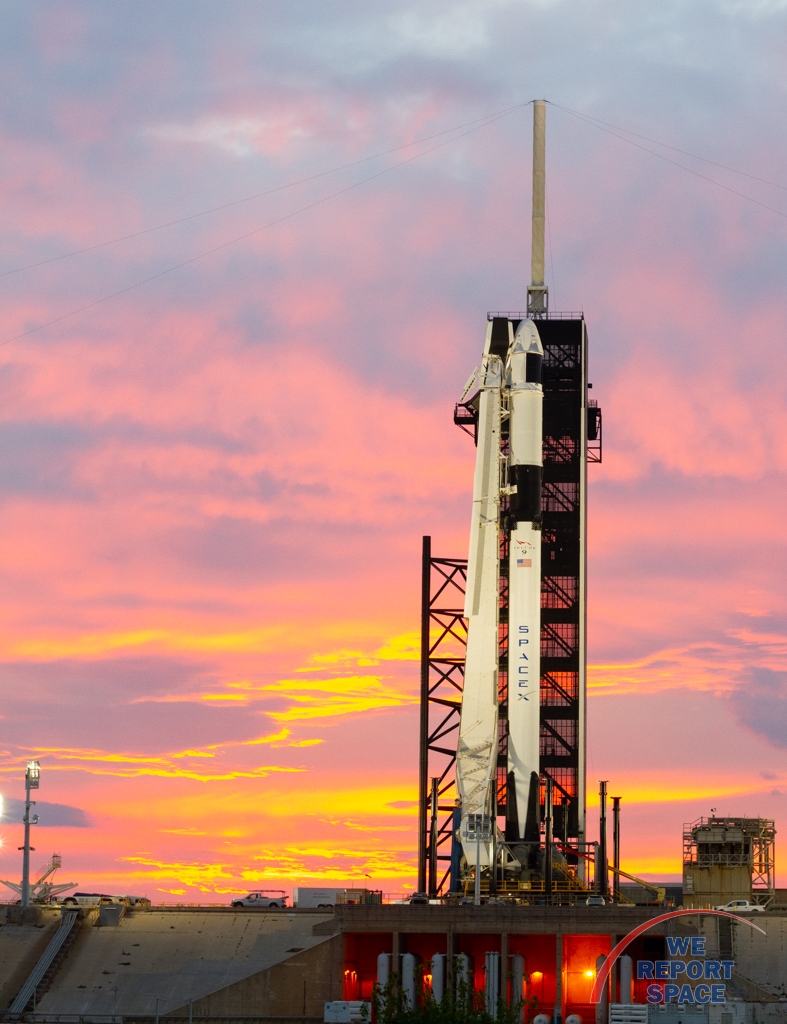
NASA Administrator Jim Bridenstine and Kennedy Space Center Director Bob Cabana were both on hand for this weekend's launch, and both reiterated NASA's commitment to its commercial partners. Bridenstine discussed at some length the "three theaters" of NASA's operations going forward: Low Earth Orbit, Cis-Lunar Space, and the eventual Journey to Mars, making a strong argument that NASA wants to hand over the responsibility of transport to low earth orbit to those commercial operators, freeing NASA up to refocus on the exploration of space.
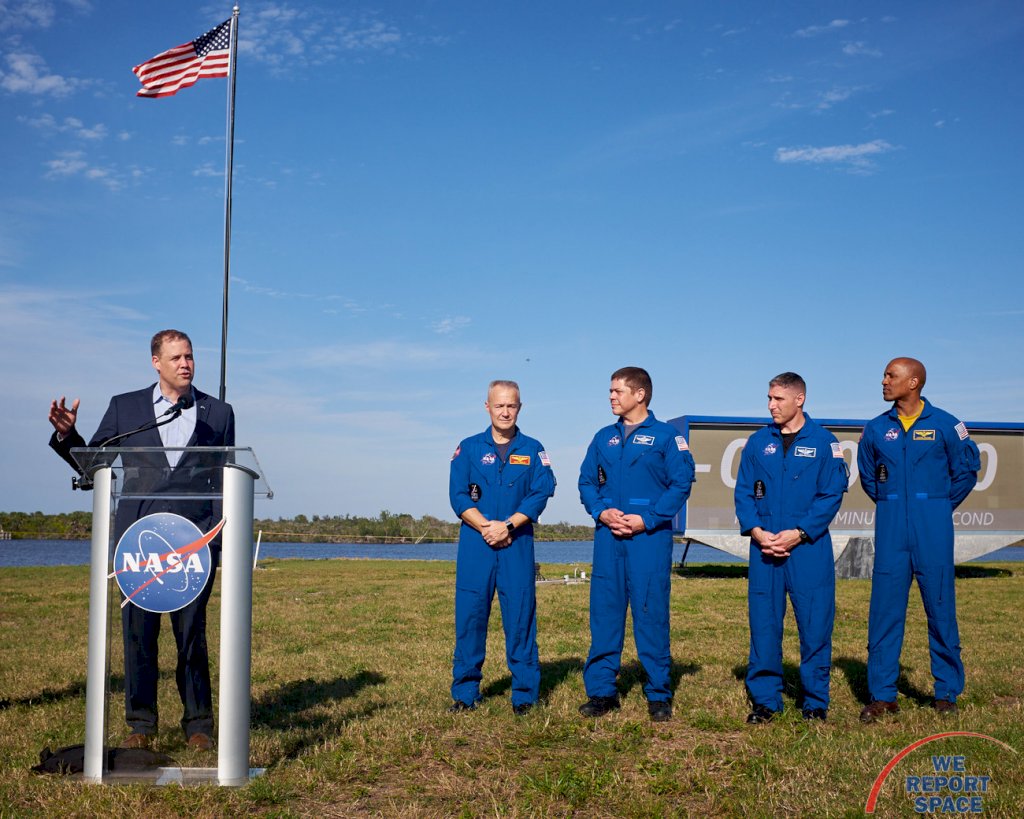
Astronauts Doug Hurley and Bob Behnken monitored this launch from inside Firing Room 4 at Kennedy Space Center's Launch Control Center, and revealed that a number of recent SpaceX missions have utilized the former Shuttle firing room as a secondary control room. Firing Room 4 will include consoles to monitor systems needed for human spaceflight, such as spacecraft environmental, thermal and life support systems. Hurley and Behnken will be the first two astronauts to fly aboard Crew Dragon as part of Demo-2, tentatively scheduled for later this year.
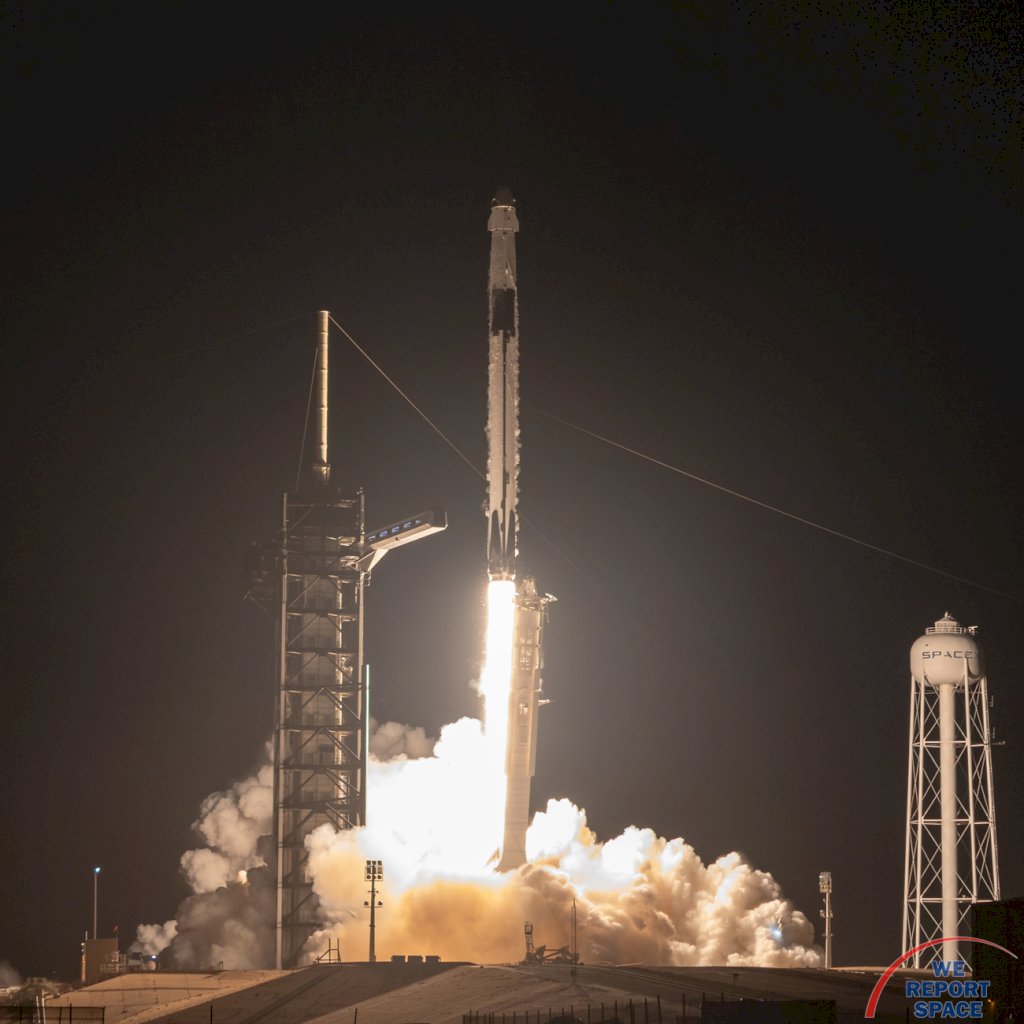
Following the completion of the Demo-2 flight, Astronauts Mike Hopkins and Victor Glover will be joined by two international partner astronauts as the first "mission" crew to fly aboard Crew Dragon to the station, beginning regular flights of four astronauts to live and work aboard the ISS. Mission planners from the Center for the Advancement of Science in Space (CASIS), responsible for operating the ISS National Laboratory, are particularly excited about the potential increase in science experiment throughput that this extra crew member will provide, roughly estimating that they will be able to conduct double the number of experiments, with just one additional regular crew member.
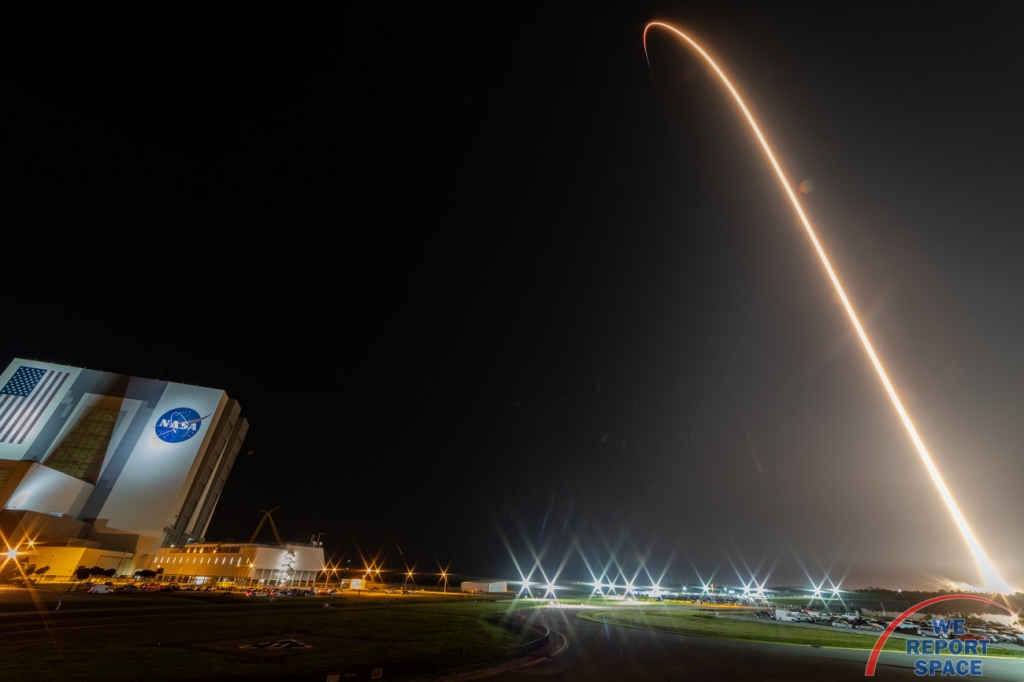
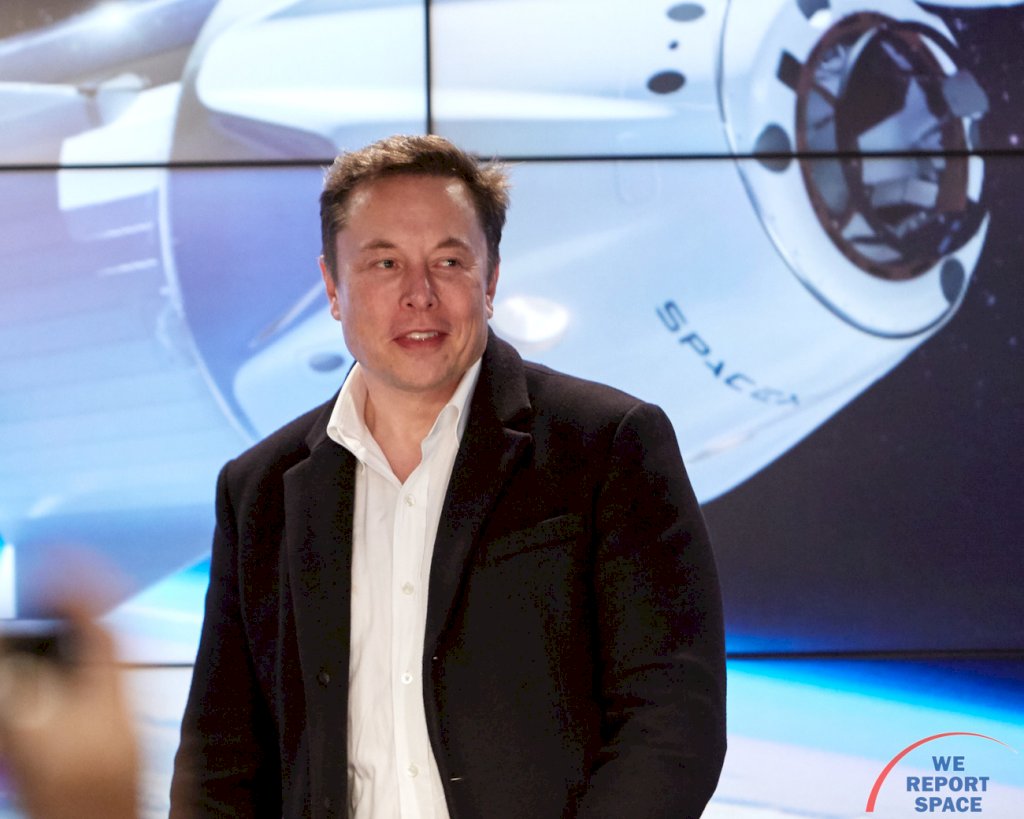
Photos

Stunning, full color photo book covering every east coast launch spanning 2014-2015, including the first-ever powered landing of a SpaceX Falcon 9 rocket.
More Info